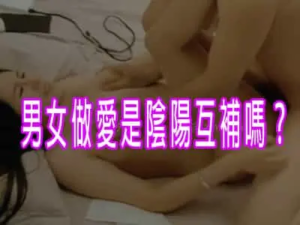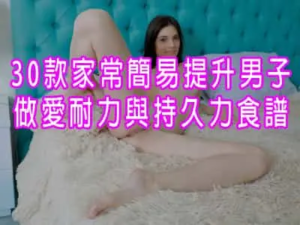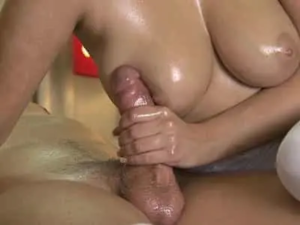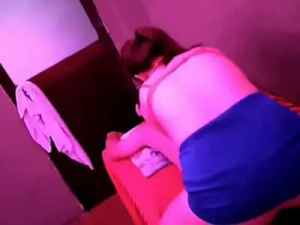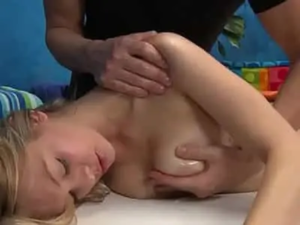Chinese Massage
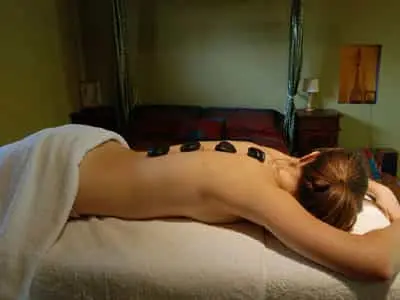
Chinese Tui Na (TCM Tui Na) is an important part of traditional Chinese medicine and has a history of thousands of years. It is based on the theory of traditional Chinese medicine and uses manipulation to act on specific parts of the human body (such as acupoints, meridians, muscles, etc.) to achieve the purpose of dredging meridians, harmonizing qi and blood, relieving pain, and regulating the functions of internal organs. The following is a detailed introduction to Chinese massage:
Table of contents
核心理論與作用
- Meridian theory:
Tui Na is centered around the meridian system and regulates the flow of Qi and blood and improves the functions of internal organs by stimulating acupoints (such as Hegu, Zusanli, Jianjing, etc.). - Yin and Yang Balance:
Through manipulation, the imbalance of yin and yang in the human body is adjusted to restore health. - Activating blood circulation and removing blood stasis:
Promote local blood circulation and relieve muscle stiffness, swelling and pain. - Overall conditioning:
It not only targets local symptoms, but also focuses on improving whole-body functions (such as enhancing immunity and improving sleep).
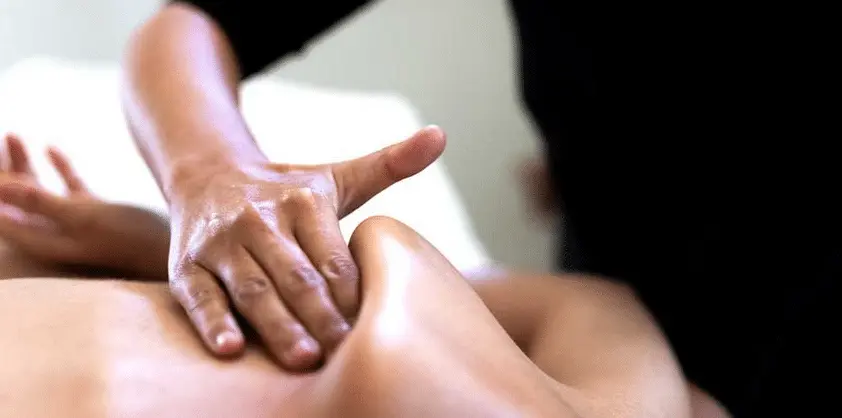
常用推拿手法
- Method:
Use your fingers, palms or elbows to press the acupoints or muscles vertically downward, with the force increasing from light to heavy (such as pressing the Jianjing point to relieve shoulder and neck pain). - Kneading method:
Use your palms or fingertips to make circular movements on the area to relax the muscles (such as rubbing the abdomen to promote digestion). - Push method:
One-way linear push, including palm push, finger push, etc. (such as pushing the bladder meridian on the back to detoxify). - How to hold:
Use your thumb and the other four fingers to lift and pinch the muscles (such as pinching the neck and shoulders to relieve fatigue). - Shooting method:
The hollow palms rhythmically pat the body, often used on the back or limbs (to promote blood circulation). - Dial method:
Use your fingertips to move muscle knots or cord-like tissues horizontally to loosen adhesions (such as the moving method to treat low back strain). - Rolling method:
Use the back of your hand near the little finger to roll on the body surface. It is suitable for large areas (such as the waist and back).
適應症
- Pain: cervical spondylosis, lumbar disc herniation, frozen shoulder, arthritis, headache, etc.
- Sub-health conditioning: fatigue, insomnia, low immunity, and indigestion.
- Rehabilitation assistance: recovery after sports injuries, limb dysfunction after stroke.
- Others: irregular menstruation, indigestion in children (requires professional pediatric massage therapist to perform the operation).
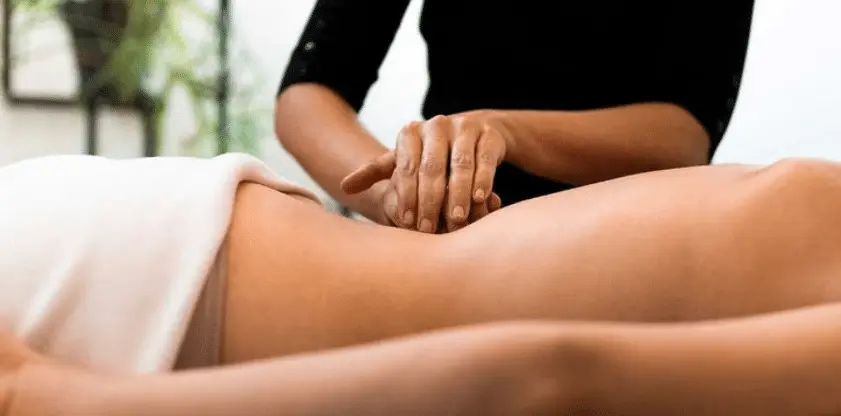
Precautions and taboos
Taboo people:
- Broken bones, dislocations, broken or inflamed skin;
- Patients with severe osteoporosis and tumors;
- Pregnant women (especially the waist and abdomen);
- Acute stage of cardiovascular and cerebrovascular diseases (such as cerebral hemorrhage).
Operation points:
- The technique should be gentle and gradual, avoiding violence;
- It is recommended to drink warm water before and after massage to avoid catching a cold;
- It is not advisable to massage the abdomen within 1 hour after a meal.
與現代生活的結合
- Health care for office workers: For people who sit for long periods of time, massaging the shoulders, neck and waist can prevent occupational diseases.
- Sports recovery: Athletes use massage to relax muscles and reduce lactic acid accumulation.
- SPA health care: Many health clubs combine Chinese massage with essential oils and hot compresses to enhance the soothing effect.
如何選擇專業推拿?
- Choose a regular Chinese medicine clinic or a qualified masseur to avoid injuries caused by unprofessional massage.
- For your first experience, you can consult a Chinese medicine practitioner and develop a plan based on your constitution and symptoms.
- It is normal to experience brief soreness after treatment, but if the pain persists, you should seek medical attention immediately.
Further reading:
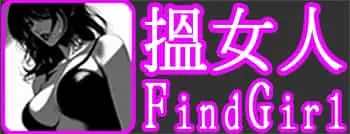
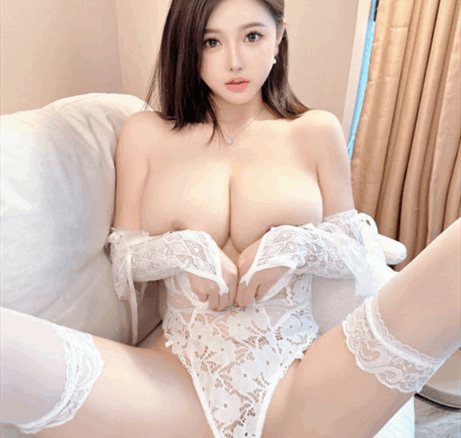
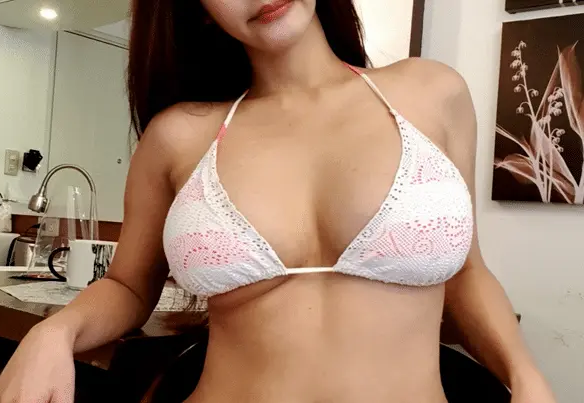
![[有片]把與生俱來的「好色」,用以點燃事業的雄心](https://findgirl.org/storage/2025/11/有片把與生俱來的「好色」,用以點燃事業的雄心-300x225.webp)
